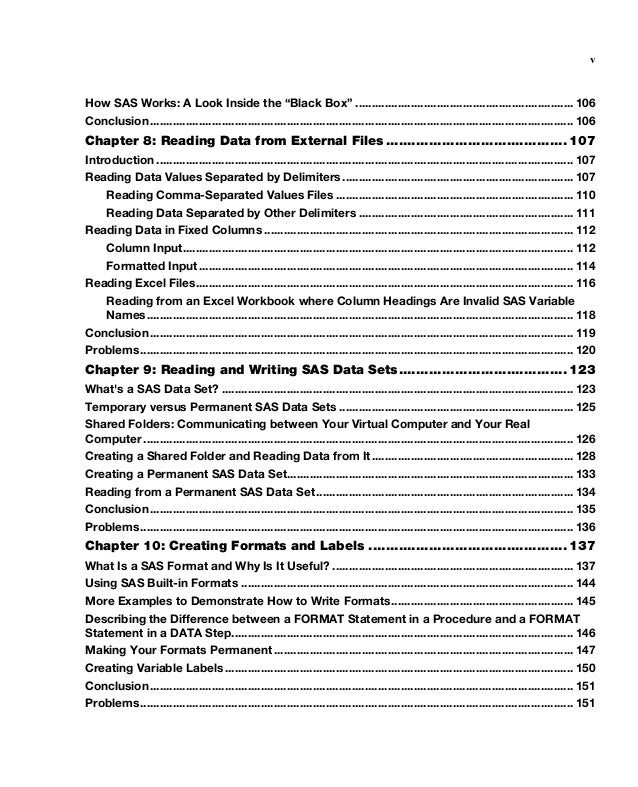

For example, what proportion of passengers survived the titanic disaster. Officially PROC FREQ is designed to ‘produce one-way to n-way frequency and contingency (crosstabulation) tables’ what this means in practice is that it is used to answer questions such as how many…? or what proportion of…? of a particular categorical variable falls into each category. If you haven’t done that yet, please refer to the first tutorial. We assume that you already have SAS University Edition installed and have used PROC IMPORT to read the train.csv file and convert it to a SAS dataset (ain). How to produce a graph using PROC FREQ.How to produce a dataset from the PROC FREQ.How to group data together so that its PROC FREQ output is more user friendly.How to use the PROC FREQ output to explore your data and draw conclusion about it.What the data in each section of the PROC FREQ output means.How to use PROC FREQ to create one way tables, two way tables and more.In this tutorial we look in a bit more detail at the PROC FREQ procedure. In our previous tutorial Getting Started with SAS University Edition we looked at how to import a spreadsheet into SAS and how to use PROC FREQ to explore the relationship between the categorical variable sex and the chance of survival. This series of posts is aimed both at people who want to learn more about SAS and to show how people can use the free SAS University Edition to explore the data from the Kaggle Titanic: Machine Learning from Disaster competition.


 0 kommentar(er)
0 kommentar(er)
